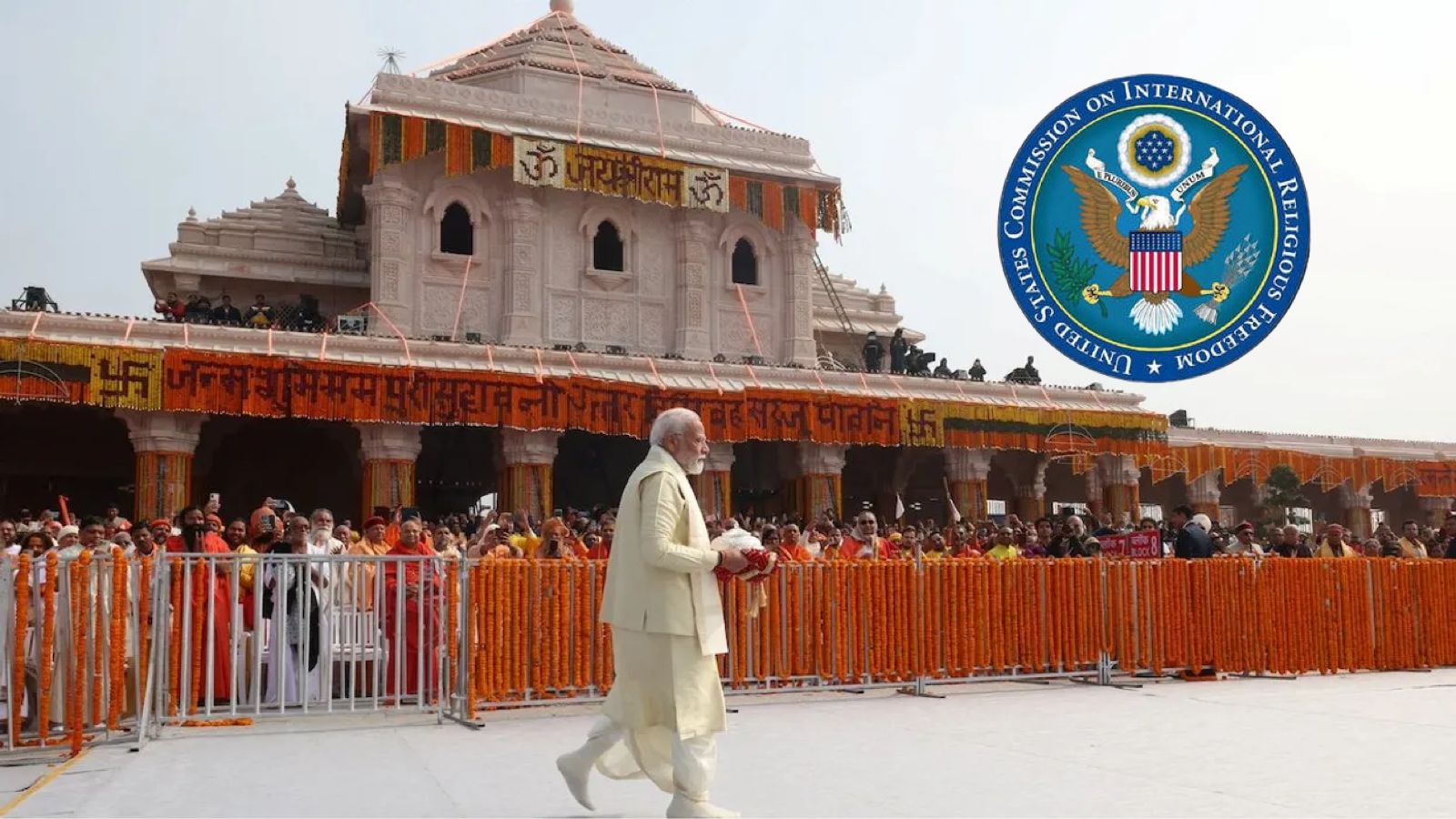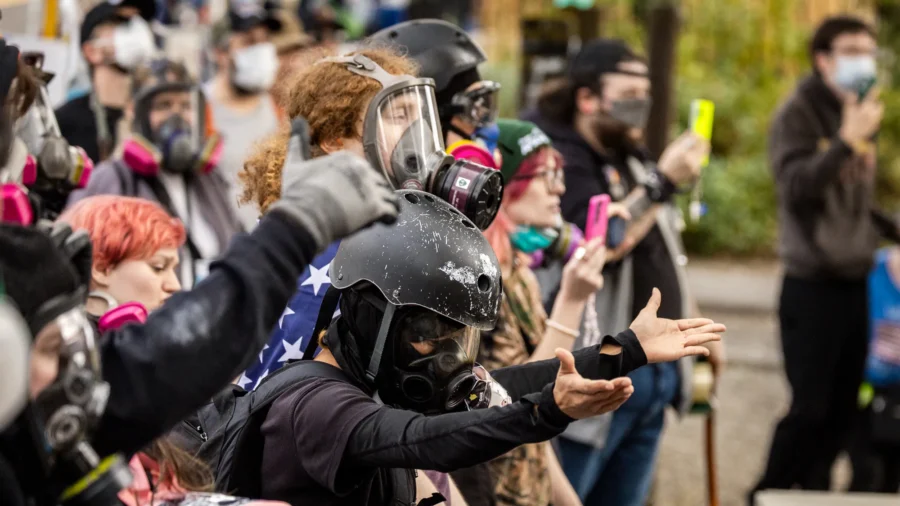The manufactured outrage over Amar Sonar Bangla shows how Bengal’s cultural icons have become convenient shields for Mamata’s political insecurities
The political theatre in West Bengal has never lacked melodrama, but the recent uproar over Rabindranath Tagore’s Amar Sonar Bangla sets a new bar for absurdity. A state that once prided itself on intellectualism now seems content with emotional manipulation every time the Trinamool Congress senses its ground slipping. And in the most predictable move imaginable, a simple question from the BJP about the political use of a cultural composition has triggered Mamata Banerjee into her favourite performance: the teary-eyed guardian of Bengali pride crying that the “BJP hates Bengal.” The moment the controversy began, the usual script unfolded. TMC leaders launched their customary shrill accusations, and their friendly media outlets rushed to paint the BJP as a cultural outsider trying to defile Bengal’s sacred icons. The argument is tired and hollow, but TMC relies on it because it works. A commentary in The Quint followed this pattern exactly, portraying Mamata Banerjee as the protector of Bengali pride while depicting the BJP as a clumsy intruder. What it conveniently ignores, however, is that no political party has trivialized Bengal’s cultural heritage as consistently as the TMC. From Tagore to Nazrul to Bankim, these icons are brought out only when the ruling party needs emotional camouflage. The Amar Sonar Bangla uproar is simply their newest diversion. For a party that has overseen industrial decline, rampant corruption, and deteriorating law and order, the TMC desperately needs distractions. That is why every time hard questions arise unemployment, syndicate activities, political violence Mamata instinctively retreats into the same stale emotional refuge. She does not present data, policy, or accountability. She presents hurt sentiments. She finds a cultural symbol, claims it is under attack, and demands that everyone look the other way. This time, she has chosen Amar Sonar Bangla, a Tagore masterpiece that is also the national anthem of Bangladesh. The BJP’s entirely reasonable inquiry about whether political rallies should invoke a neighbouring nation’s anthem was twisted instantly into an existential threat to Bengal’s identity. The outrage is not organic; it is manufactured, calculated, and cynically executed. Let’s be very clear: Tagore does not belong to the TMC. Tagore does not belong to any political party. He is a national figure, a global figure, and a towering intellectual whose work transcends modern partisan opportunism. But Mamata’s supporters behave as though Tagore is a private asset of the TMC, to be brandished whenever the party needs to silence its critics. The same government that panics when anyone mentions Bangladesh in a political context has no problem courting Islamist organizations, engaging in selective vote-bank theatrics, and inventing bizarre cultural purity tests. When the TMC does it, they call it secular. When the BJP questions it, they scream “anti-Bengal.” The hypocrisy is breath-taking. What the TMC’s reaction really reveals is insecurity. A confident party does not rely on emotional hostage-taking. A confident leader does not weaponize culture to cover administrative failures. Mamata Banerjee, however, has turned this into an art form. Whenever cornered, she does not talk about jobs, investment, safety, or governance. Instead, she performs. She sings poems, quotes Tagore, and unleashes dramatic accusations that Bengal’s culture is being assassinated by outsiders. It works because subnational pride is a soft spot easy to exploit, easy to manipulate. And the TMC has mastered that manipulation. In contrast, the BJP’s biggest strategic mistake in Bengal may not be insensitivity but restraint. For years, it has attempted to engage Bengal on development, infrastructure, and national issues. Meanwhile, the TMC thrives on sentimental theatrics and emotional blackmail. In such an environment, even a mild question from the BJP becomes fodder for hysterical narratives of cultural “invasion.” The party is attacked not for what it says, but for daring to speak at all. The tragedy is that as the state drowns in these artificially inflated cultural wars, Bengal’s real concerns are shoved aside. Industries continue to exit. Youth unemployment grows. Corruption allegations pile up. Political violence remains a grim routine. Yet none of these issues dominate public discourse because the ruling party ensures that the conversation never leaves identity politics. Who cares about factories when you can accuse the BJP of disrespecting Tagore? Who needs accountability when emotional outrage is easier to manufacture? The truth is that cultural nationalism is not the problem. What Bengal suffers from is selective cultural nationalism a version that allows TMC leaders to declare themselves sole custodians of “authentic Bengali identity” while dismissing every opposing voice as foreign or hostile. This is not pride; it is cultural gatekeeping. It is political insecurity hid



The political theatre in West Bengal has never lacked melodrama, but the recent uproar over Rabindranath Tagore’s Amar Sonar Bangla sets a new bar for absurdity. A state that once prided itself on intellectualism now seems content with emotional manipulation every time the Trinamool Congress senses its ground slipping. And in the most predictable move imaginable, a simple question from the BJP about the political use of a cultural composition has triggered Mamata Banerjee into her favourite performance: the teary-eyed guardian of Bengali pride crying that the “BJP hates Bengal.”
The moment the controversy began, the usual script unfolded. TMC leaders launched their customary shrill accusations, and their friendly media outlets rushed to paint the BJP as a cultural outsider trying to defile Bengal’s sacred icons. The argument is tired and hollow, but TMC relies on it because it works. A commentary in The Quint followed this pattern exactly, portraying Mamata Banerjee as the protector of Bengali pride while depicting the BJP as a clumsy intruder. What it conveniently ignores, however, is that no political party has trivialized Bengal’s cultural heritage as consistently as the TMC. From Tagore to Nazrul to Bankim, these icons are brought out only when the ruling party needs emotional camouflage. The Amar Sonar Bangla uproar is simply their newest diversion.
For a party that has overseen industrial decline, rampant corruption, and deteriorating law and order, the TMC desperately needs distractions. That is why every time hard questions arise unemployment, syndicate activities, political violence Mamata instinctively retreats into the same stale emotional refuge. She does not present data, policy, or accountability. She presents hurt sentiments. She finds a cultural symbol, claims it is under attack, and demands that everyone look the other way. This time, she has chosen Amar Sonar Bangla, a Tagore masterpiece that is also the national anthem of Bangladesh. The BJP’s entirely reasonable inquiry about whether political rallies should invoke a neighbouring nation’s anthem was twisted instantly into an existential threat to Bengal’s identity. The outrage is not organic; it is manufactured, calculated, and cynically executed.
Let’s be very clear: Tagore does not belong to the TMC. Tagore does not belong to any political party. He is a national figure, a global figure, and a towering intellectual whose work transcends modern partisan opportunism. But Mamata’s supporters behave as though Tagore is a private asset of the TMC, to be brandished whenever the party needs to silence its critics. The same government that panics when anyone mentions Bangladesh in a political context has no problem courting Islamist organizations, engaging in selective vote-bank theatrics, and inventing bizarre cultural purity tests. When the TMC does it, they call it secular. When the BJP questions it, they scream “anti-Bengal.” The hypocrisy is breath-taking.
What the TMC’s reaction really reveals is insecurity. A confident party does not rely on emotional hostage-taking. A confident leader does not weaponize culture to cover administrative failures. Mamata Banerjee, however, has turned this into an art form. Whenever cornered, she does not talk about jobs, investment, safety, or governance. Instead, she performs. She sings poems, quotes Tagore, and unleashes dramatic accusations that Bengal’s culture is being assassinated by outsiders. It works because subnational pride is a soft spot easy to exploit, easy to manipulate. And the TMC has mastered that manipulation.
In contrast, the BJP’s biggest strategic mistake in Bengal may not be insensitivity but restraint. For years, it has attempted to engage Bengal on development, infrastructure, and national issues. Meanwhile, the TMC thrives on sentimental theatrics and emotional blackmail. In such an environment, even a mild question from the BJP becomes fodder for hysterical narratives of cultural “invasion.” The party is attacked not for what it says, but for daring to speak at all.
The tragedy is that as the state drowns in these artificially inflated cultural wars, Bengal’s real concerns are shoved aside. Industries continue to exit. Youth unemployment grows. Corruption allegations pile up. Political violence remains a grim routine. Yet none of these issues dominate public discourse because the ruling party ensures that the conversation never leaves identity politics. Who cares about factories when you can accuse the BJP of disrespecting Tagore? Who needs accountability when emotional outrage is easier to manufacture?
The truth is that cultural nationalism is not the problem. What Bengal suffers from is selective cultural nationalism a version that allows TMC leaders to declare themselves sole custodians of “authentic Bengali identity” while dismissing every opposing voice as foreign or hostile. This is not pride; it is cultural gatekeeping. It is political insecurity hidden behind Tagore’s silhouette. And it insults the very culture it claims to protect.
Bengal deserves better than this spectacle. It deserves leaders who do not treat its icons as political shields. It deserves a political environment where cultural expressions are celebrated, not manipulated. It deserves debates about future possibilities, not constant panic about imagined cultural threats. The Amar Sonar Bangla controversy is not about Tagore, not about culture, not about pride; it is about a ruling party that has mastered emotional distraction to avoid being held accountable for a decade of misgovernance.
The sooner Bengal recognizes that its cultural heritage is being used as a prop in this theatre of insecurity, the sooner it can reclaim its genuine legacy not one of fragility and victimhood, but one of courage, clarity, and intellectual honesty.










































































